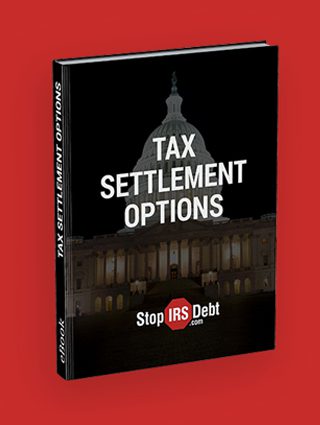What does “Self-Employed” mean?
The answer seems obvious, right? Remember: there are no stupid questions; when it comes to the IRS, things are rarely intuitive. If you’re running your own unincorporated business, the IRS considers you a sole-proprietor regardless of any other filing status, and you’ll have to file a Schedule C to report how much you made or lost during the year.
The 1040-ES
The 1040-ES reports estimated tax payments on a quarterly basis. That means instead of paying in one go come tax day, it’s due quarterly, every 2-4 months. That’s April 15th, June 15th, September 15th and on January 15th of the year to follow.
You’re responsible for filing estimated payments on a 1040-ES if:
You expect to owe $1000 or more beyond any payroll withholding
and
Your withholding or tax credits is more than 90{1b681eef93263380d38aeb37b03801f661225c1c465364ff74e7686b7dc27ec8} for the tax you expect to owe in the current year
or
Your withholding or other tax credits will be less than 100% of the tax shown on your prior year return.
These qualifications do change from time to time, so you should check out the online version of IRS Publication 505 which is available here. For example, beginning in 2010 under the Small Business Jobs Act, self-employed owners were able to deduct the amount of self-employed health insurance when filing. The more you know!
Yes, we’re talking about your expectations. But don’t give yourself too much wiggle room. You might be tempted to put off payments until April, thinking you’ve got better things to do with your money in the meantime. Unless you make up for a lot during the holiday season (notice Q4 is January 15th) this could be unwise. Lesser things have ruined partnerships, reputations and marriages. And try to think about it this way: It’s kind of like establishing a reputation with the IRS before tax day. And, it also allows you to demonstrate to investors how responsible you are with your tax obligations. So, just do it. There’s no reason to jeopardize your cash flow in the first quarter.
You don’t have to predict the future to predict your taxes
Calculating estimated payments is super easy with a copy of last year’s 1040. On the second page of the 1040, find your total tax on line 56. Deduct from that any withholdings and divide it by four. Presto! You’ve just calculated quarterly payments.
After completing the 1040-ES, you’ll mail in this information using the blank vouchers with payment or, you can save the paper and use the IRS’ Electronic Federal Tax Payment System.
If this is your first year doing business…
First of all, congratulations! If this is your first year in business or first year being self employed, you still have to estimate the amount you’ll make . Unsure? Just guess. After all, this is done quarterly. If you overshoot or undershoot it, simply complete another Form 1040-ES worksheet to refigure your estimated tax for the next quarter.
Making it EZ
Always the opportunist! Remember, the long form allows you to maximize your deductions. But if you’re looking to save time, let’s check out the Schedule C EZ. Take a look again at the form name. The basic Schedule C is titled “Profit or Loss from Business.” The EZ is “Net Profit from Business.” Shall I say more? If you expect a loss, you can’t file the EZ form. You also can skip the EZ if you operate more than one business, have more than one employee with expenses beyond $5,000 or have depreciating business property.

Top Tax
secrets revealed
Sign up for our newsletter and be the first to find out when exciting IRS news happens. Yes, exciting. We're really into taxes.
